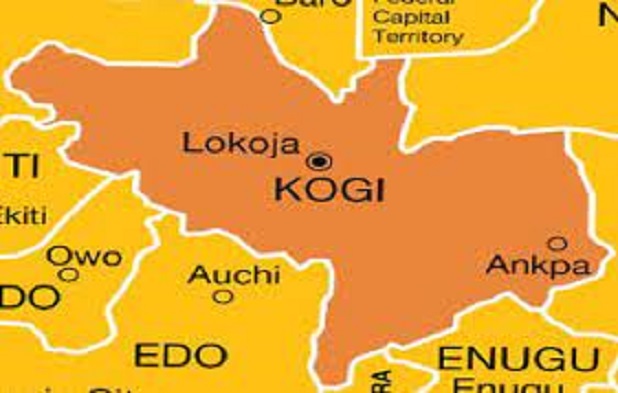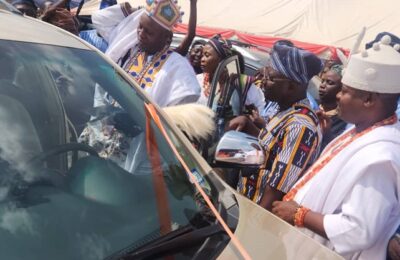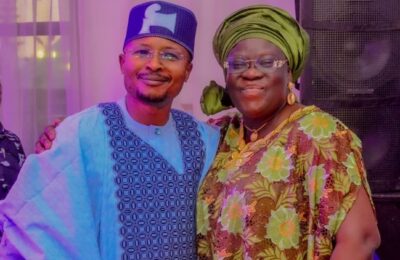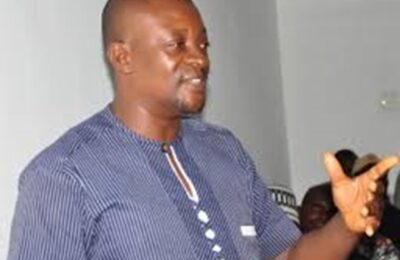On August 27, 1991, Kogi State was created out of Kwara and Benue, with Lokoja as its capital. Strategically located at the confluence of the Niger and Benue rivers, endowed with rich mineral deposits, fertile land, and diverse human capital, Kogi was destined to be a hub of development. Thirty-four years later, however, the story of the “Confluence State” is one of squandered opportunities, poor governance, and untapped potential.
Leadership at the Core of the Crisis
The tragedy of Kogi’s 34 years is not the absence of resources but the absence of visionary and accountable leadership. Successive governments have promised industrialization but delivered token projects that barely scratch the surface. Kogi sits on vast coal reserves, limestone, and iron ore, yet there is no functioning industrial base to absorb its unemployed youth. Instead, poverty indices remain high, while many communities still grapple with poor roads, inadequate schools, and dilapidated healthcare facilities.
Lokoja, the state capital and once the colonial seat of Nigeria, has failed to transform into the modern city it should be. It remains a symbol of neglect, where urban planning, infrastructure, and service delivery lag behind even smaller state capitals. Rural areas fare even worse, with many communities cut off from basic amenities, despite the enormous allocations and internally generated revenue that have flowed through the state in 34 years.
Politics Over Development
Kogi’s politics has too often been defined by ethnicity, patronage, and the pursuit of power for its own sake. Governance has been reduced to survival battles among political elites, while ordinary citizens are left to endure the consequences. Instead of policies that prioritize industrialization, agriculture, and youth empowerment, what dominates are short-term populist gestures and unsustainable projects.
The neglect of technical and vocational education is another political failure. With one of the highest youth populations in the country, Kogi should be a hub for skills development and entrepreneurship, yet most young people are left without opportunities, leading to brain drain, restiveness, and hopelessness.
The People’s Hope
Yet, in spite of the leadership failures, Kogi’s greatest asset remains its people—the hardworking farmers, artisans, professionals, and youths who continue to push against the tide of bad governance. They are the hope of a better Kogi, a state that can rise above its challenges if its people demand accountability and insist on leaders who prioritize development over politics.
Conclusion
At 34, Kogi should not still be talking about potentials; it should be reaping the fruits of sustained development. The political class must be reminded that history will judge them not by the elections they won but by the lives they transformed. The people of Kogi must also rise to demand a break from the cycle of poor governance.
The confluence of the Niger and Benue should not just define Kogi’s geography; it must inspire a new political culture—a confluence of good governance, equity, and sustainable development.
Happy 34th anniversary to Kogi State. May the next decade not be another wasted opportunity.
– Moses Emani Salami




